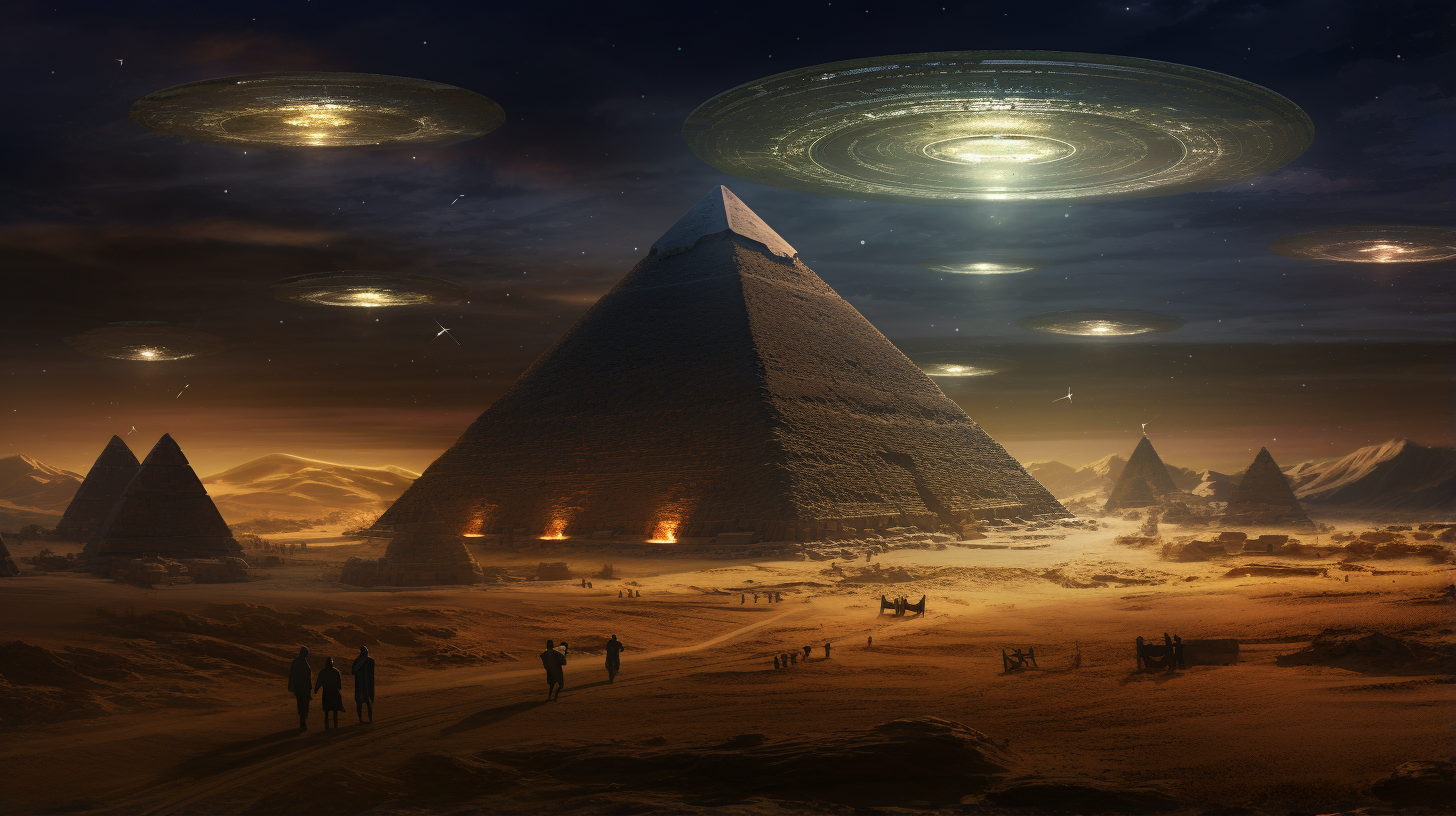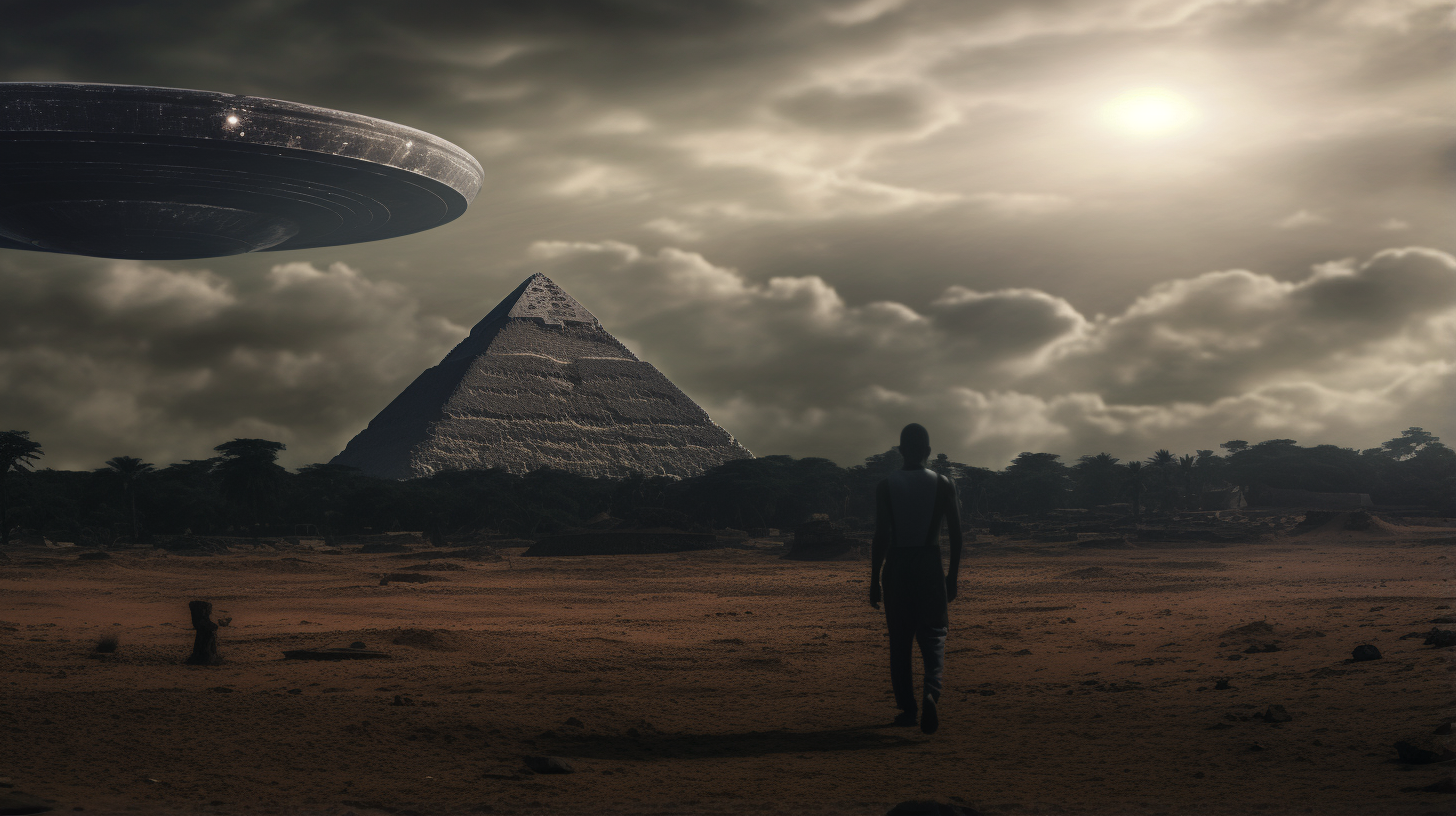In the vast terrain of the Nile Delta lies a hidden trail, delicately carved into the arid desert soil, only a few centimeters wide. This path is meticulously formed by the tireless movement of a dung beetle, commonly known as a scarab. This fascinating insect, measuring a mere two inches, thrives on dung, serving as food and a carrier for its young.
What distinguishes the scarab is its remarkable skill in rolling its dung ball in a perfectly straight line, overcoming obstacles in its way. Even more astonishing is its unique ability to

Within the annals of ancient Egypt, a civilization that revered the scarab as a sacred symbol and a direct tie to the divine realm, we fast forward 5,000 years. It’s truly captivating how a civilization of such grandeur could assign such deep meaning to what seems like an ordinary insect.
The scarab’s presence is ubiquitous in Egyptian culture, embellishing temples and hieroglyphs alike. Of particular note is the colossal scarab beetle guarding the sacred lake at the Temple of Karnak, a site where pharaohs were crowned, embodying the essence of the Egyptian deity, Khepri.

The ancient Egyptians meticulously traced the sun’s daily path across the sky, akin to the dung beetle’s resolute journey through the desert sands. For them, the driving force embodying the sun was none other than the powerful scarab beetle god, Khepri.Their belief system positioned the sun as the “Eye of Ra,” symbolizing Ra’s chariot or his celestial vessel, with Khepri, the god adorned with a scarab head, steering this cosmic craft.
Ancient Egyptians meticulously inscribed their history on various walls and surfaces, leaving behind a vivid tapestry of their civilization’s beliefs and encounters. Contemplating the enigmatic bond between the scarab and ancient Egyptians presents an enduring enigma. Does the scarab carry a deeper significance beyond guiding through the cosmos? Could it symbolize an ancient extraterrestrial connection hidden in plain sight for ages?
The scarab, balancing its dual role as a celestial traveler and an earthly insect, continues to intrigue us, emphasizing that our comprehension of history is an ever-evolving narrative brimming with concealed insights waiting to be unraveled.
